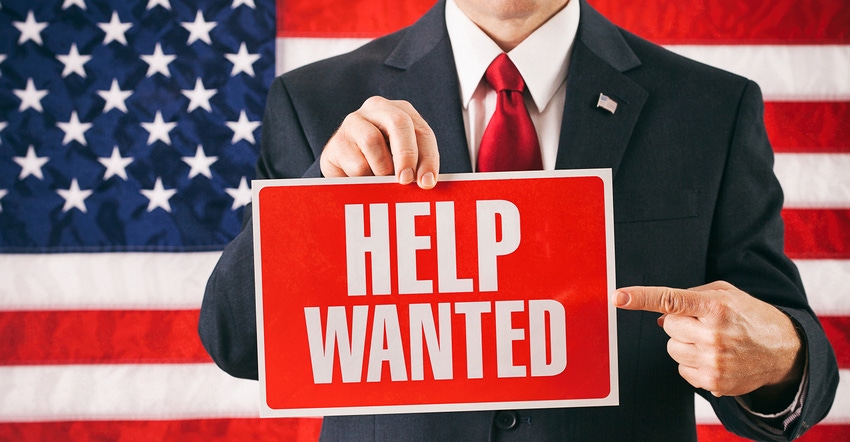- Workforce & Training
- Industry Trends
- Injection Molding
- Extrusion: Film & Sheet
- Extrusion: Pipe & Profile
Talent Talk: Why the Expiration of Unemployment Benefits Will Foster Job Growth (and Why it Won’t)
Everyone is looking for a definitive answer to that question, and I am about to give you not one, but two.
September 13, 2021

A host of pandemic-driven unemployment benefits ended for everyone on Labor Day. There is some debate on whether this will benefit the tightest labor market in history. Everyone is looking for a definitive answer and I am about to give you one. In fact, I am going to give you two.
Why it will foster job growth
Generous unemployment benefits have contributed to a worker shortage the likes of which we have never seen in the United States. At the end of June, open jobs exceeded 10 million for the first time ever. At the end of July that number swelled to almost 11 million. The National Federation of Independent Business recently reported that a record 50% of small business owners have job openings they cannot fill.
Twenty-six states ended their participation in the extended benefits in May, and there are studies that show employment growth in those states has been faster than among states that remained in the programs. One study pegged this at 20% more, while another showed it to be double. Regardless of the exact number, both the data and common sense suggest more people will come back into the workforce. This will be very good for the plastics industry, although along with this will be some wage inflation.
Why it won’t foster job growth
Many workers who left the workforce when COVID-19 first began to spike now have been out of work for nearly a year and a half. They have figured out new ways to live. Maybe they downsized, retired early, are driving for Lyft or Uber, are working “under the table,” started a micro business, learned to day-trade, whatever.
Sure, unemployment benefits that at one time would have been more than $1,000 per week in many states, between the state benefit and the federal adder, were vital at the time and facilitated this transition. But they have decreased along the way and by now many people just do not plan to come back into a factory, warehouse, or office. If they do come back, they will have a strong preference for something they can do remotely. This will not be good for the plastics industry.
 About the author
About the author
Paul Sturgeon is CEO of KLA Industries, a national search firm specializing in plastics, packaging, and polymer technology. If you have a topic you would like to see discussed, a company that is growing, or other ideas for this blog, e-mail Sturgeon at [email protected].
About the Author(s)
You May Also Like




